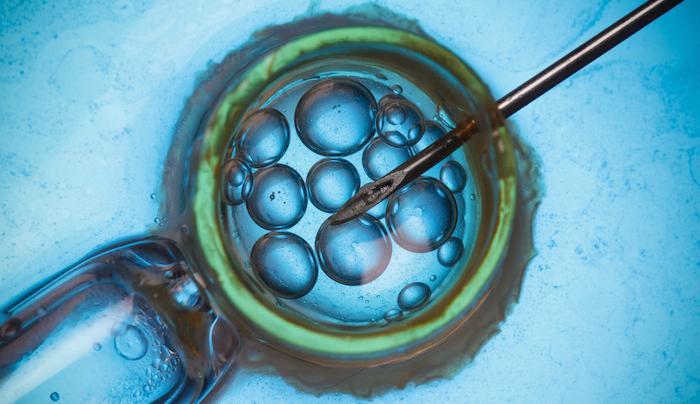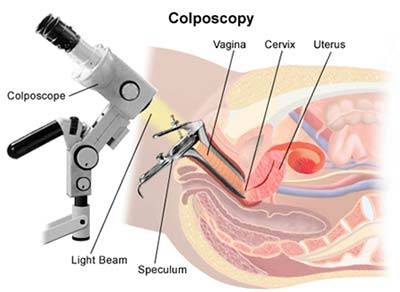Demystifying the Egg Collection Procedure in IVF: A Comprehensive Guide
In the world of assisted reproductive technology (ART), In Vitro Fertilization (IVF) stands out as a beacon of hope for couples struggling with infertility. Central to the IVF process is the egg collection procedure, also known as oocyte retrieval, which plays a pivotal role in harvesting eggs for fertilization. In this comprehensive guide, we delve into the intricacies of the egg collection procedure, addressing common concerns such as pain, anesthesia, recovery, and post-procedure care.
Understanding the Egg Collection Procedure
The egg collection procedure is a crucial step in the IVF process, where mature eggs are retrieved from the ovaries for fertilization. The procedure is typically performed under ultrasound guidance, allowing the fertility specialist to visualize the ovaries and follicles. A thin needle is then inserted through the vaginal wall and into the ovaries to aspirate the fluid and eggs from the follicles.
Is the Egg Collection Procedure Painful?
One of the most common questions surrounding the egg collection procedure is whether it is painful. While discomfort can vary from person to person, most women describe the procedure as uncomfortable rather than painful. This is due to the use of anesthesia or sedation, which helps to minimize any discomfort during the procedure.
How Is the Egg Collection Procedure Conducted?
The egg collection procedure is typically conducted in an outpatient setting at a fertility clinic or hospital. Before the procedure, you will be given anesthesia or sedation to ensure your comfort during the procedure. Once sedated, a speculum is inserted into the vagina to visualize the cervix, and a thin needle is guided through the vaginal wall and into the ovaries using ultrasound guidance.
Aftermath of the Egg Collection Procedure: Healing and Recovery
After the egg collection procedure, you may experience some cramping, bloating, or spotting, which are considered normal. Most women are able to resume their normal activities within a day or two, although some may prefer to take it easy for a few days. It’s important to follow your doctor’s post-procedure instructions, which may include avoiding strenuous activities and sexual intercourse for a short period.
Managing Pain After the Egg Collection Procedure
To manage any discomfort after the egg collection procedure, your doctor may recommend over-the-counter pain medications such as ibuprofen. It’s also important to stay hydrated and get plenty of rest to aid in the healing process. If you experience severe pain or any unusual symptoms, be sure to contact your healthcare provider immediately.
Conclusion: Navigating the Egg Collection Procedure in IVF
The egg collection procedure is a crucial step in the IVF process, allowing for the retrieval of mature eggs for fertilization. While the procedure may cause some discomfort, it is typically well-tolerated, thanks to the use of anesthesia or sedation. With proper post-procedure care and monitoring, most women are able to recover quickly and resume their normal activities. If you have any concerns or questions about this advanced procedure, be sure to discuss them with your fertility specialist, who can provide you with personalized care and guidance throughout your IVF journey.




